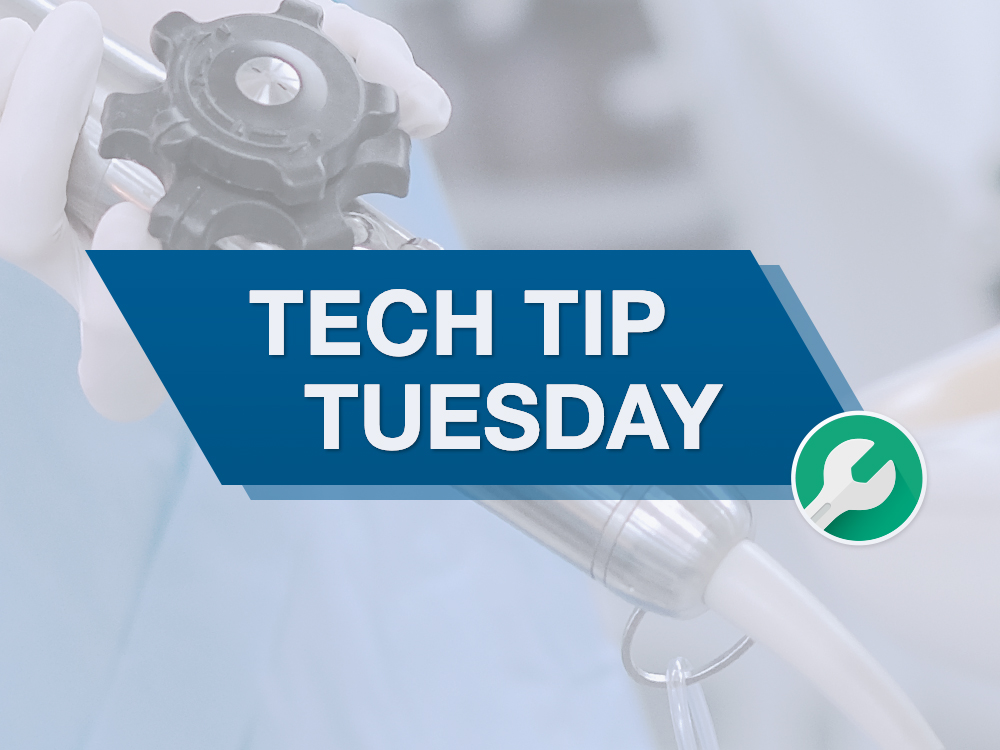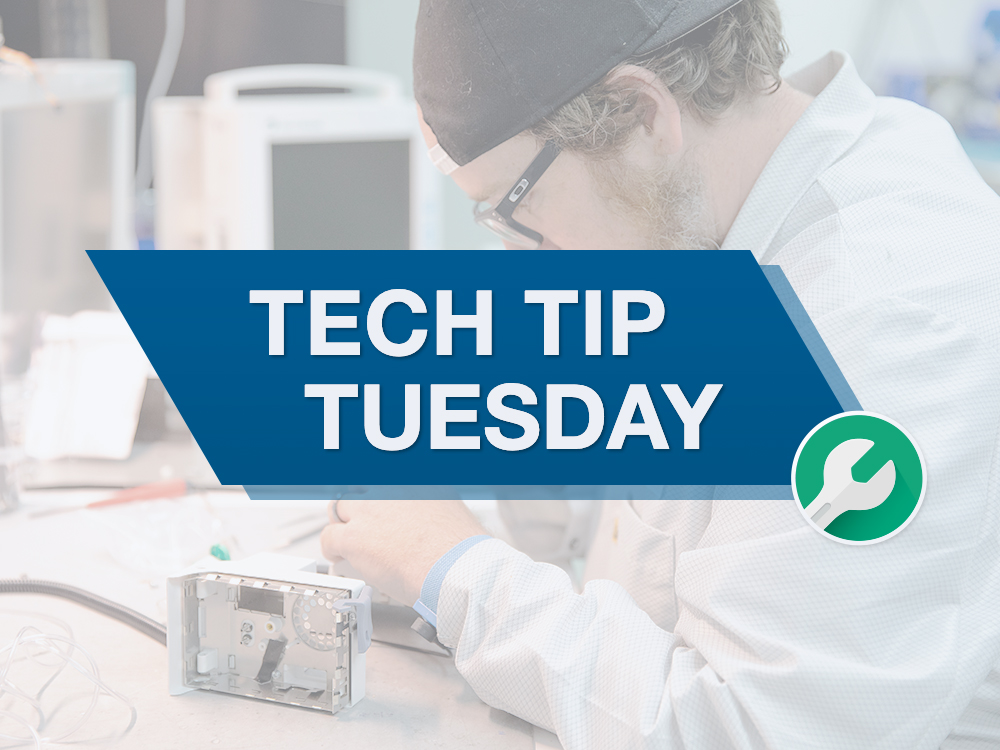#TechTipTuesday Dec. 1, 2020: Suction Regulators
November 30, 2020
By Kaylee McCaffrey, Biomedical Engineering Solutions Sales Specialist
It’s #TechTipTuesday! Welcome to our weekly series where we ask members of the biomedical community about their tips and recommendations for maintaining medical equipment. This week we’re asking, “What tips do you have when it comes to suction regulators?”
How to Tell If A Suction Regulator is Functioning Properly
This week, we asked Vince Olivia, Suction Regulators Lead at the Med Vest Technology San Clemente Center of Excellence, for his tips on troubleshooting suction regulators. Read his advice below:
- First, check if the device has suction. If the gauge is not reading any suction at all, then it needs service.
- Then, check to see how the suction regulator gauge behaves when turning the pressure regulator knob. If it isn’t smooth and the gauge is all over the place, it needs service.
- Next, check the intermittent timing and pressure to see if it is working and in proper calibration. Test this by turning it off for 6-8 seconds, and then back on for 15-18 seconds. On most devices, the suction should be calibrated to 120mmHg. If the intermittent timing isn’t calibrated correctly or not working at all, it would need service. If it isn’t 120mmHg when the intermittent timing comes on, it will need service as well.
- Finally, you have the obvious signs. If the device has any damage to the case, gauge, etc., it needs service.
Share Your Own Tips on LinkedIn!
Huge thanks to Vince for giving us today’s tips on gas modules! Want to join the conversation and add your own tips? Be sure to follow me on LinkedIn and comment on today’s #TechTipTuesday post. See you next week!



